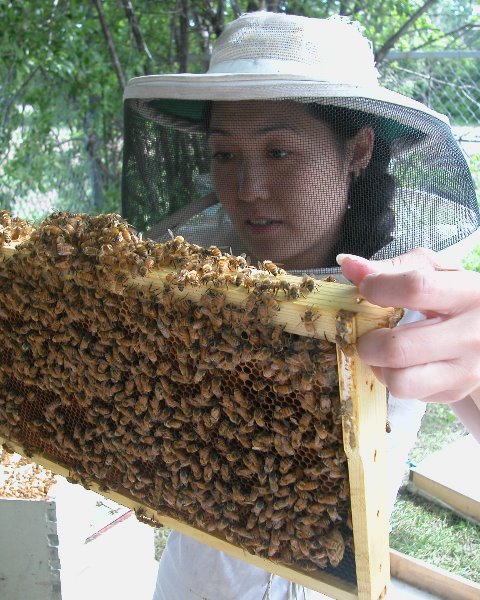PBT
Section Symposium
Impacts of Pesticide Toxicity in Agroecosystems – Implications on Physiology, Behavior and Population Dynamics of Pests and Pollinators
8: Integrated pesticide management for mid-western beekeepers and why we need another approach
On-Demand

Judy Wu-Smart
University of Nebraska
Lincoln, Nebraska
Presenting Author(s)
The use of pesticides is a complex multi-faceted problem impacting honey bee (Apis mellifera L.) health. Research show alarming levels of pesticides from the surrounding environment as well as from beekeeper-applied treatments in bees and hive products such as brood comb and food stores that cause direct and indirect effects from the compound or formulation as well as potential interaction effects with other stressors (malnutrition, mites, and pathogens). Pesticide “kills” leading to acute mortality of bees are noticed immediately, however, chronic abnormal losses often go unnoticed by beekeepers and can lead to stagnant growth or weakening of hives. These pesticide “incidents” where only a small proportion of bees are affected may have cascading effects throughout the colony affecting age-based division of hive tasks (brood care, food processing, and foraging). Currently, there are no monitoring tools for beekeepers to identify abnormal losses due to pesticide incidents. And while recommendations for reducing pesticide exposure to foraging bees exists, management guides to reduce in-hive contamination of nestmates, comb, and food stores is limited. This effort seeks to better understand the sources of hive contamination and to develop integrated pesticide management for beekeepers which includes monitoring using dead bee traps and mitigation steps that will prevent further health decline in affected hives.

